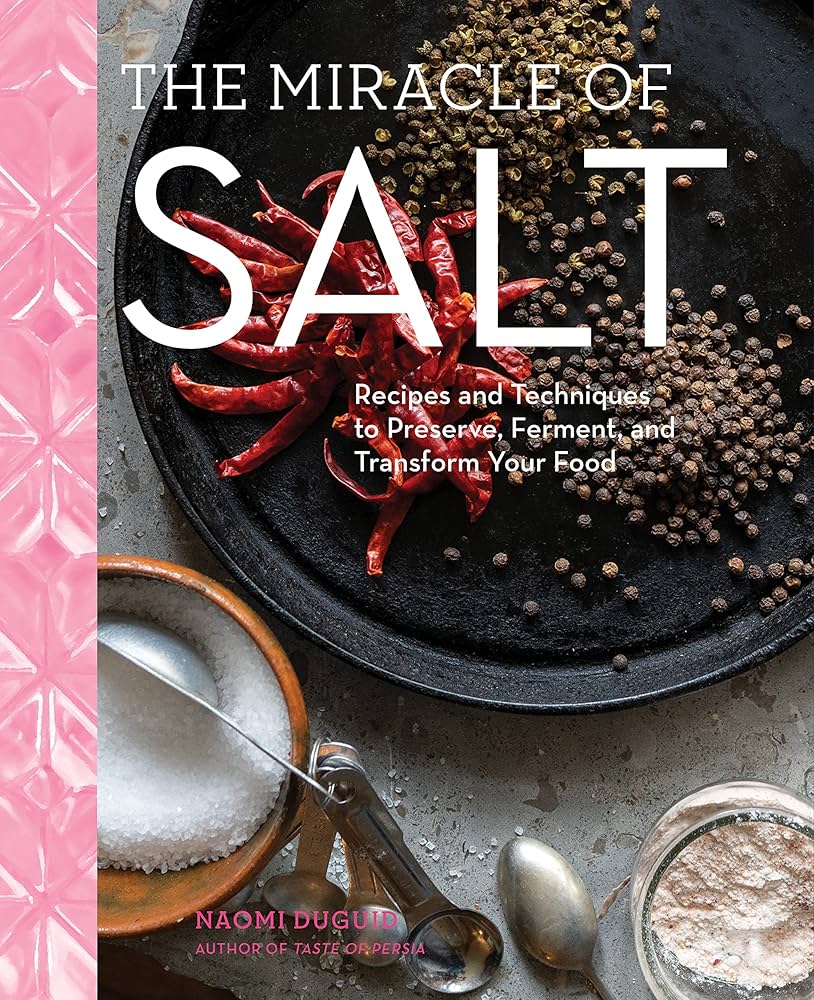This article explores the umami flavor of miso, a fermented soybean paste integral to Japanese cuisine and now popular worldwide. Miso is not just flavorful; it’s also nutritious, providing complete protein, essential vitamins, minerals, probiotics, and antioxidants while being low in calories. The article suggests various cooking methods to incorporate miso, such as miso soup, marinades, dressings, glazes, and enhancing sauces. It also highlights innovative uses like miso caramel and hummus. By embracing miso’s umami richness, home cooks can elevate ordinary dishes into extraordinary culinary experiences while reaping health benefits.
Beyond Salt: Exploring the Umami Power of Miso in Everyday Cooking
When it comes to flavor enhancement in cooking, many immediately think of salt. However, there’s a complex world of taste that goes beyond saltiness—umami. Often described as a savory, deeply satisfying flavor, umami is one of the five basic tastes, alongside sweet, sour, bitter, and salty. At the heart of the umami flavor profile is miso, a fermented soybean paste that has roots in Japanese cuisine but has now found its way into kitchens around the world. In this article, we will explore the umami power of miso, its nutritional benefits, and how to incorporate it into everyday cooking.
What is Miso?
Miso is a traditional Japanese condiment made from fermented soybeans, salt, and a mold called koji (Aspergillus oryzae). Depending on the ingredients and fermentation duration, miso can vary in flavor, color, and aroma, ranging from light and sweet (shiro miso) to dark and rich (aka miso). The fermentation process not only enhances the flavor but also enriches the nutritional profile of miso.
Nutritional Value of Miso
In addition to its distinct umami flavor, miso carries several nutritional benefits:
-
Protein: Miso is a complete protein source, containing all nine essential amino acids, which are crucial for muscle repair and overall health. Two tablespoons of miso contain about 2-3 grams of protein.
-
Vitamins and Minerals: Miso is rich in several vitamins, particularly B vitamins such as B12, which is often lacking in vegetarian and vegan diets. It also provides important minerals like manganese, zinc, and copper.
-
Probiotics: Being a fermented food, miso is a source of probiotics, beneficial bacteria that promote gut health. Regular consumption can aid digestion and enhance the immune system.
-
Low in Calories: Miso is relatively low in calories, with two tablespoons providing around 35-60 calories, making it a flavorful way to enhance dishes without adding excessive energy.
- Antioxidants: Miso contains antioxidants that help combat oxidative stress, potentially reducing the risk of chronic diseases.
The Umami Flavor Profile
Umami is often compared to the taste of meat or broth, making it an excellent flavor enhancer for a variety of dishes. The amino acid glutamate, present in high concentrations in miso, is responsible for its umami taste. This powerful flavor can elevate simple dishes into something extraordinary.
Cooking with Miso
Now that we understand the nutritional benefits of miso, let’s explore how to incorporate it into our everyday cooking. Here are five simple and delicious ways to utilize miso:
1. Miso Soup
Ingredients: Miso paste (1-2 tablespoons), dashi (Japanese soup stock), tofu, seaweed, and green onions.
Making traditional miso soup is simple and quick. Dissolve miso paste in warm dashi, add cubed tofu, seaweed, and finely sliced green onions. This comforting soup is packed with umami and nutrients, making it a perfect starter or light meal.
2. Miso Marinade
Ingredients: Miso paste (2 tablespoons), soy sauce (1 tablespoon), honey (1 tablespoon), and your choice of protein (chicken, fish, tofu).
A miso marinade adds depth to grilled or baked proteins. Combine miso, soy sauce, honey, and any additional spices. Coat your protein of choice and let it marinate for at least 30 minutes before cooking. The result is a dish that’s savory, sweet, and bursting with flavor.
3. Miso Dressing
Ingredients: Miso paste (1 tablespoon), rice vinegar (1 tablespoon), sesame oil (1 teaspoon), and maple syrup (1 teaspoon).
Creating a simple miso dressing can transform your salads. Whisk the ingredients together for a creamy and tangy dressing that pairs well with a variety of greens, vegetables, and even grains.
4. Miso Glaze
Ingredients: Miso paste (2 tablespoons), mirin (2 tablespoons), and sesame oil (1 tablespoon).
To make a rich glaze, combine miso, mirin, and sesame oil in a saucepan, warming gently until smooth. Brush it over roasted vegetables, fish, or chicken for a delicious caramelized finish that elevates the dish’s taste.
5. Miso in Sauces and Soups
Ingredients: Miso paste (1 tablespoon), garlic, ginger, and stock of your choice.
Incorporating miso into sauces and soups elevates flavors significantly. Sauté garlic and ginger, then add stock and miso paste for a savory broth that’s great as a base for ramen or stews.
Beyond Traditional Cooking: The Modern Umami Twist
Miso isn’t just for traditional Japanese dishes anymore. Chefs around the world are experimenting with this versatile ingredient in creative ways. Here are a few innovative applications:
-
Miso Caramel: Incorporating miso into dessert sauces can create a unique sweet-salty profile that pairs wonderfully with ice cream or cake.
-
Miso Hummus: Blend tahini, miso, chickpeas, garlic, lemon juice, and olive oil for a creamy dip that features an unexpected flavor twist.
- Miso Butter: Mixing softened butter with miso creates a compound butter that can be slathered on bread or used to finish vegetables and meats.
Conclusion
Miso is a culinary gem that offers much more than just a salty flavor profile; it embodies the essence of umami. With its rich nutritional profile and versatility, integrating miso into your daily cooking can enhance meals while providing health benefits. By exploring the umami power of miso, you transform ordinary dishes into extraordinary experiences. Experiment with its myriad uses, and delight in the complex flavors that this simple ingredient can bring to your kitchen.
So the next time you’re looking for a way to add depth to your meals or elevate everyday cooking, reach for miso—a world of umami awaits!
